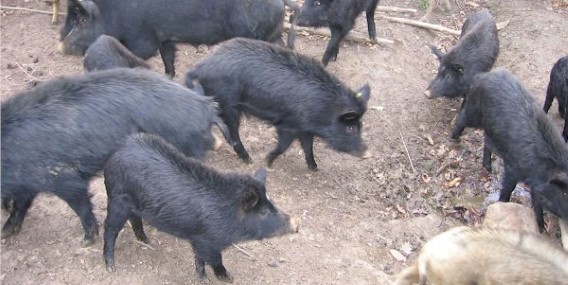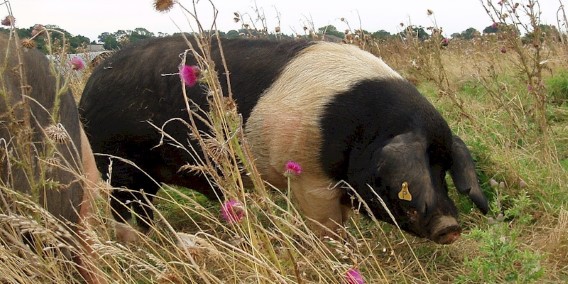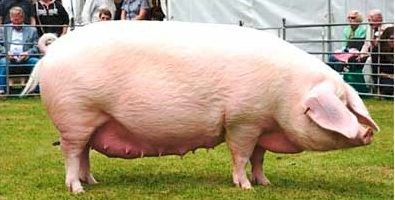 East Balkan
East Balkan
 East Balkan Pigs, also known as East Balkan Swine (EBS), stand as a rare and treasured gem, representing the sole indigenous domesticated pig breed of Bulgaria. Their exclusive distribution spans the scenic western coast of the Black Sea, where they have carved out a niche as resilient custodians of Bulgaria''s rich agricultural heritage.
East Balkan Pigs, also known as East Balkan Swine (EBS), stand as a rare and treasured gem, representing the sole indigenous domesticated pig breed of Bulgaria. Their exclusive distribution spans the scenic western coast of the Black Sea, where they have carved out a niche as resilient custodians of Bulgaria''s rich agricultural heritage.
In 2009, the population of East Balkan Pigs numbered 1,858, a testament to their enduring presence in the region. However, the subsequent years bore witness to a concerning decline, with the population plummeting by a staggering 62% by 2016. This alarming trend underscores the urgent need for conservation efforts to safeguard the genetic diversity and cultural significance embodied by these rema ...

 Essex
Essex
 Essex pigs were developed in the United
Kingdom. Essex pigs are popular because they are easy and cheap to keep.
Essex pigs were developed in the United
Kingdom. Essex pigs are popular because they are easy and cheap to keep. The modern day Essex was developed by breeding local pigs in area denoted in the Essex area. The original Essex, also known as the Old Essex, was a small black and white pig. By the nineteenth century, the Old Essex was improved by crossbreeding with imported pig breeds.
Although the breed had been changed, they still remained popular until the 1950s, especially during and after World War Two, because they retained their hardiness and independence. In 1955, a report was released by the Advisory Committee on the Development of Pig Production in the United Kingdom stating that the variety of pigs throughout t ...

 Estonian Bacon
Estonian Bacon
 Estonian Bacon pigs, a quintessential breed from the rugged landscapes of Estonia, represent the epitome of meat production, renowned for yielding exceptional bacon that tantalizes the taste buds. Born from a fusion of local landrace pigs with esteemed German, Danish, and Swedish counterparts, these pigs embody a rich heritage of genetic diversity and culinary excellence.
Estonian Bacon pigs, a quintessential breed from the rugged landscapes of Estonia, represent the epitome of meat production, renowned for yielding exceptional bacon that tantalizes the taste buds. Born from a fusion of local landrace pigs with esteemed German, Danish, and Swedish counterparts, these pigs embody a rich heritage of genetic diversity and culinary excellence.
With a striking resemblance to their Danish Landrace counterparts, Estonian Bacon pigs exude a robust physique and a commanding presence, reflecting their genetic lineage and formidable stature. Their muscular build and sturdy frame speak volumes of their resilience and adaptability to the varied landscapes of Estonia, where they thrive amidst the rolling hills ...

 European Wild
European Wild
 The European Wild Boar, commonly referred to as the Euro in New Zealand, is renowned for its hardy nature and resilient demeanor.
The European Wild Boar, commonly referred to as the Euro in New Zealand, is renowned for its hardy nature and resilient demeanor.
Believed to be the ancestral progenitor of all domesticated pigs, including Asian varieties, the European Wild Boar boasts a storied lineage that extends across continents.
Despite the formidable reputation of its wild counterpart, domesticated Euros exhibit gentle and amiable traits, making them suitable companions as pets.
At birth, Euro piglets sport distinctive stripes running from nose to tail, which gradually fade away between six to nine weeks of age. Their coloration spans a spectrum from yellow-sandy to red-black, adding to their visual appeal.
With long manes ...
